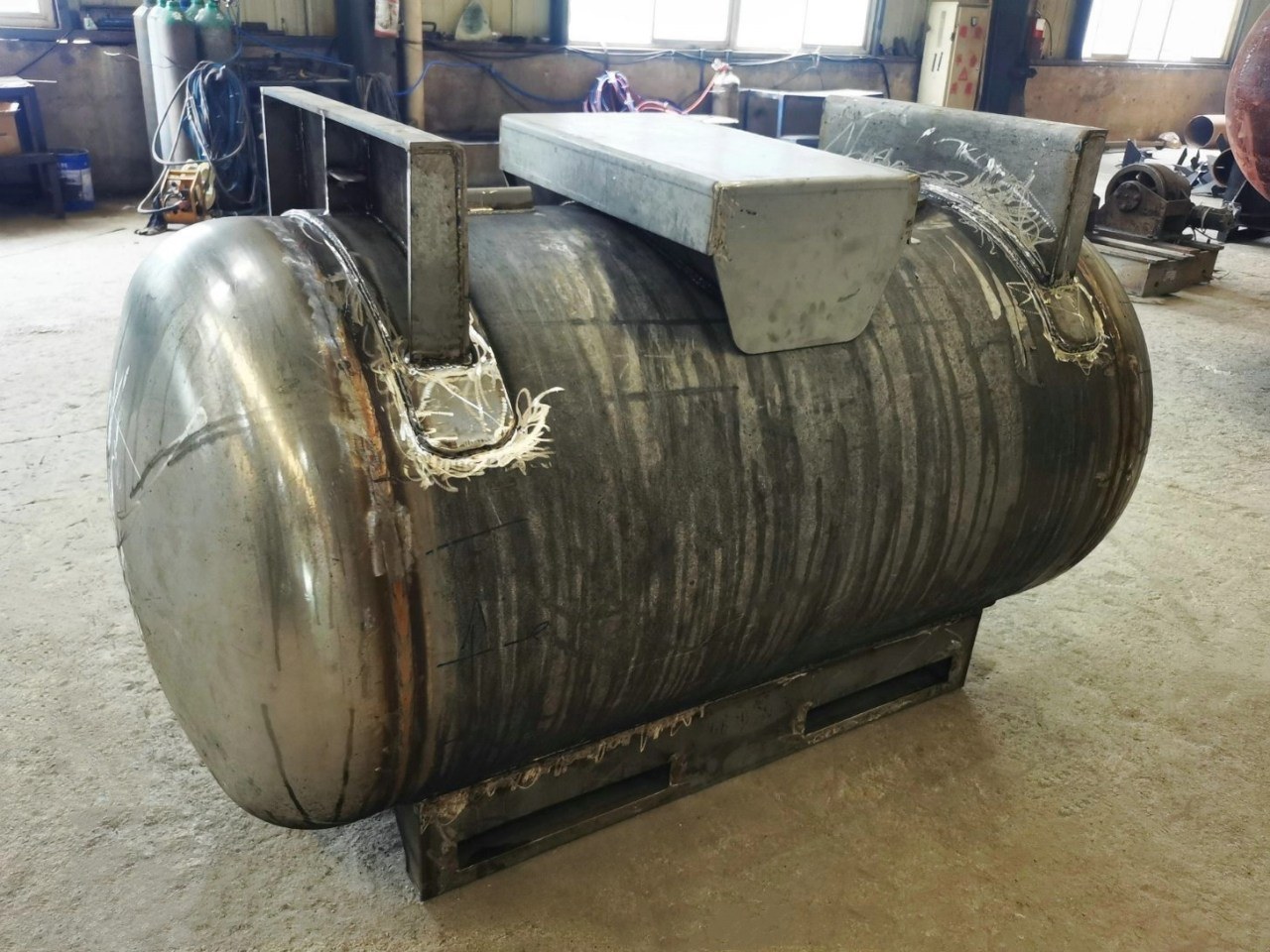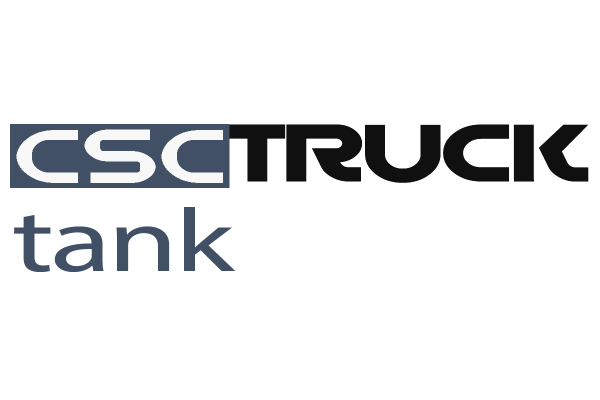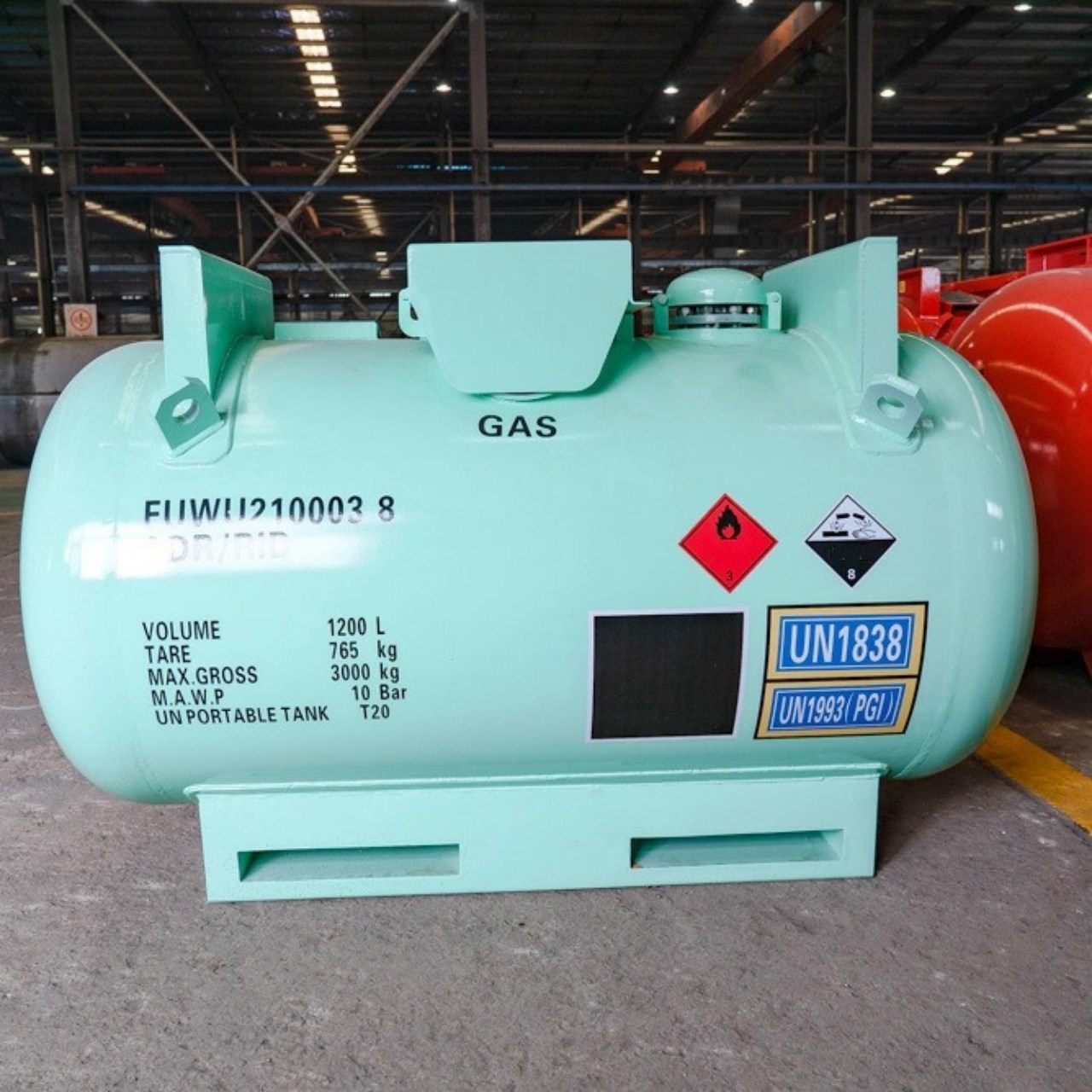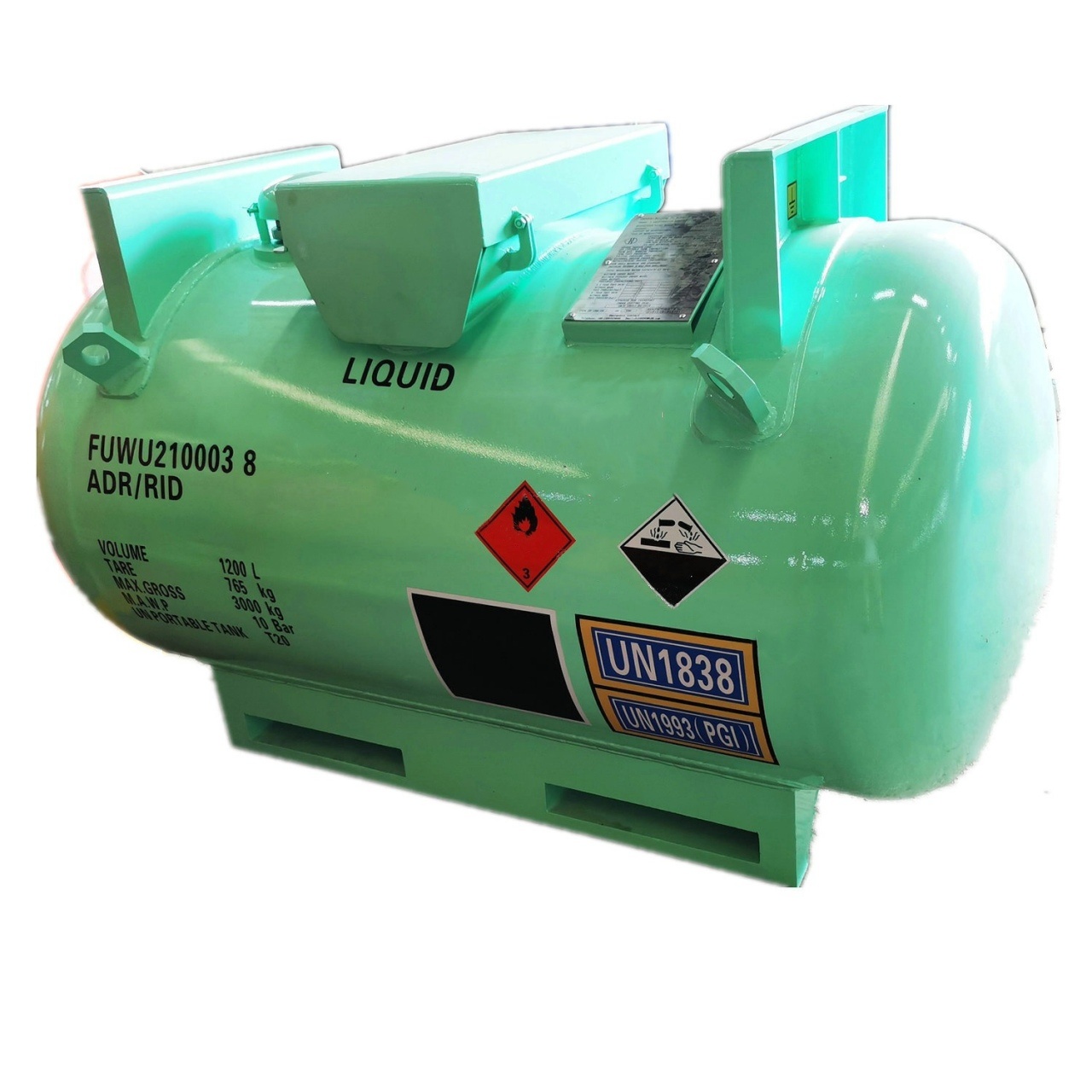Transporting hazardous materials across international borders requires strict adherence to safety, regulatory, and environmental standards. Among the many solutions engineered to meet these stringent demands, UN portable tanks have emerged as a key technology for ensuring the safe and compliant shipping of dangerous goods by sea, rail, and road. These tanks are specifically designed, manufactured, tested, and certified under guidelines established by the United Nations, and they play a vital role in global logistics and supply chain operations involving chemical substances, liquefied gases, flammable liquids, corrosives, and toxic compounds.
This article delves into the design, features, regulations, and advantages of UN portable tanks, outlining how they support international hazardous material shipping compliance.
What Are UN Portable Tanks?
UN portable tanks, known as UN T-tanks or UN-approved tanks, are pressure-rated containers used to transport liquid and gaseous hazardous materials in bulk. These tanks are regulated under the United Nations Model Regulations on the Transport of Dangerous Goods and codified by multiple international agreements, including:
- International Maritime Dangerous Goods (IMDG) Code
- European Agreement concerning the International Carriage of Dangerous Goods by Road (ADR)
- Regulations concerning the International Carriage of Dangerous Goods by Rail (RID)
- United Nations Recommendations on the Transport of Dangerous Goods (UNRTDG)
Each UN portable tank is assigned a specific T-code (e.g., T1 to T75) that defines its compatibility with certain classes of hazardous substances, based on factors like working pressure, minimum thickness, test pressure, and safety features.
Key Design Features
UN portable tanks are engineered to ensure resilience, containment integrity, and operational safety under extreme transport conditions. Their core design characteristics include:
- Material Construction: Typically fabricated from high-grade stainless steel or carbon steel, these tanks are resistant to corrosion, chemical attack, and thermal shock.
- Capacity: Most UN portable tanks range from 14,000 to 26,000 liters (3,700 to 6,900 gallons), depending on the cargo and application.
- Frame Structure: They are mounted within an ISO frame, usually 20 feet in length, allowing seamless intermodal transport.
- Pressure Ratings: Designed for pressure ratings between 1.5 bar to over 10 bar, suitable for both low-pressure and pressurized hazardous liquids and gases.
- Lining and Coating: Tanks can include specialized linings or internal coatings for added chemical resistance (e.g., rubber lining, PTFE).
- Valves and Safety Features: Equipped with top and bottom discharge valves, pressure relief valves, and rupture discs to prevent overpressure incidents.
All design features must conform to a specified T-code based on the dangerous goods to be transported.
Classification and T-Codes
Each UN portable tank is assigned a T-code that correlates with the type of hazardous material it can carry. For instance:
- T1–T4: Non-hazardous or low-hazard materials (e.g., food-grade substances, non-toxic liquids)
- T11: Common tank for corrosive and flammable liquids (widely used in chemical transport)
- T14, T20, T22: Suitable for highly corrosive or toxic chemicals, such as hydrochloric acid or nitric acid
- T50: Used for transporting liquefied gases like LPG, ammonia, or refrigerants
- T75: Special cryogenic tanks for refrigerated liquefied gases like liquid nitrogen or oxygen
The T-code is critical in determining the tank’s test pressure, shell thickness, valve specifications, and safety relief capacity.
Compliance and Regulatory Testing
For UN portable tanks to be used internationally, they must meet rigorous testing and certification protocols. These include:
- Design Approval: Each tank design must be approved by a recognized competent authority (such as DOT in the US, or BAM in Germany).
- Hydrostatic Pressure Testing: Tanks are tested to a pressure higher than their maximum working pressure to verify structural integrity.
- Leakproofness Test: Ensures there is no leakage under normal transport conditions.
- Material Inspection and Welding Qualification: All materials and welders involved in fabrication must pass certification tests.
- Periodic Inspection and Recertification: Most tanks must undergo retesting every 2.5 to 5 years, depending on the cargo and jurisdiction.
Adherence to these regulations ensures that tanks meet international transport safety standards and are compatible with marine, road, rail, and air shipment requirements.
Advantages of UN Portable Tanks
Using UN portable tanks for international hazardous material shipping offers numerous advantages:
- Global Standardization: Compliance with UN regulations enables the use of a single tank design across multiple jurisdictions and transport modes.
- Enhanced Safety: Built-in safety mechanisms, rigorous testing, and quality materials help minimize leakage, contamination, or explosion risks.
- Efficiency: Tanks are designed for quick loading/unloading and allow for high-volume shipments, reducing the number of containers needed.
- Intermodal Transport Compatibility: ISO-framed construction means tanks can be seamlessly transferred between ships, trucks, and trains without repackaging.
- Cost Savings: Reusable, durable tanks reduce packaging waste, handling labor, and product loss.
- Environmental Protection: Secure containment limits the risk of environmental contamination during accidents or leaks.
Applications Across Industries
UN portable tanks are indispensable in various industries that require international bulk transport of hazardous liquids and gases, including:
- Chemical Manufacturing: Transport of solvents, acids, and reactive agents
- Petrochemical Industry: Movement of hydrocarbons, fuels, and liquefied gases
- Pharmaceutical Sector: Handling of high-purity chemical intermediates
- Food Industry: Transport of alcohols and food-grade oils (non-hazardous but still regulated)
- Industrial Gases: Shipping of liquefied and compressed gases under pressure
Challenges and Considerations
While UN portable tanks offer extensive benefits, they are not without challenges:
- High Initial Investment: Compared to drums or IBCs, portable tanks are more expensive upfront.
- Regulatory Complexity: Operators must stay updated on the evolving regulatory landscape across different countries.
- Specialized Handling: Loading and unloading require trained personnel and dedicated equipment.
However, these challenges are often outweighed by the enhanced safety, global usability, and long-term cost-effectiveness of UN portable tanks.
Conclusion
As global trade in hazardous materials continues to grow, UN portable tanks have become a cornerstone of compliant and secure international shipping. By meeting rigorous safety standards, offering robust performance under demanding conditions, and aligning with a harmonized global regulatory framework, these tanks serve as an indispensable asset in the modern hazardous goods supply chain.
Whether shipping acids, liquefied gases, flammable liquids, or other dangerous substances, organizations seeking to maintain compliance, safety, and efficiency will find UN portable tanks to be a proven and reliable solution.






